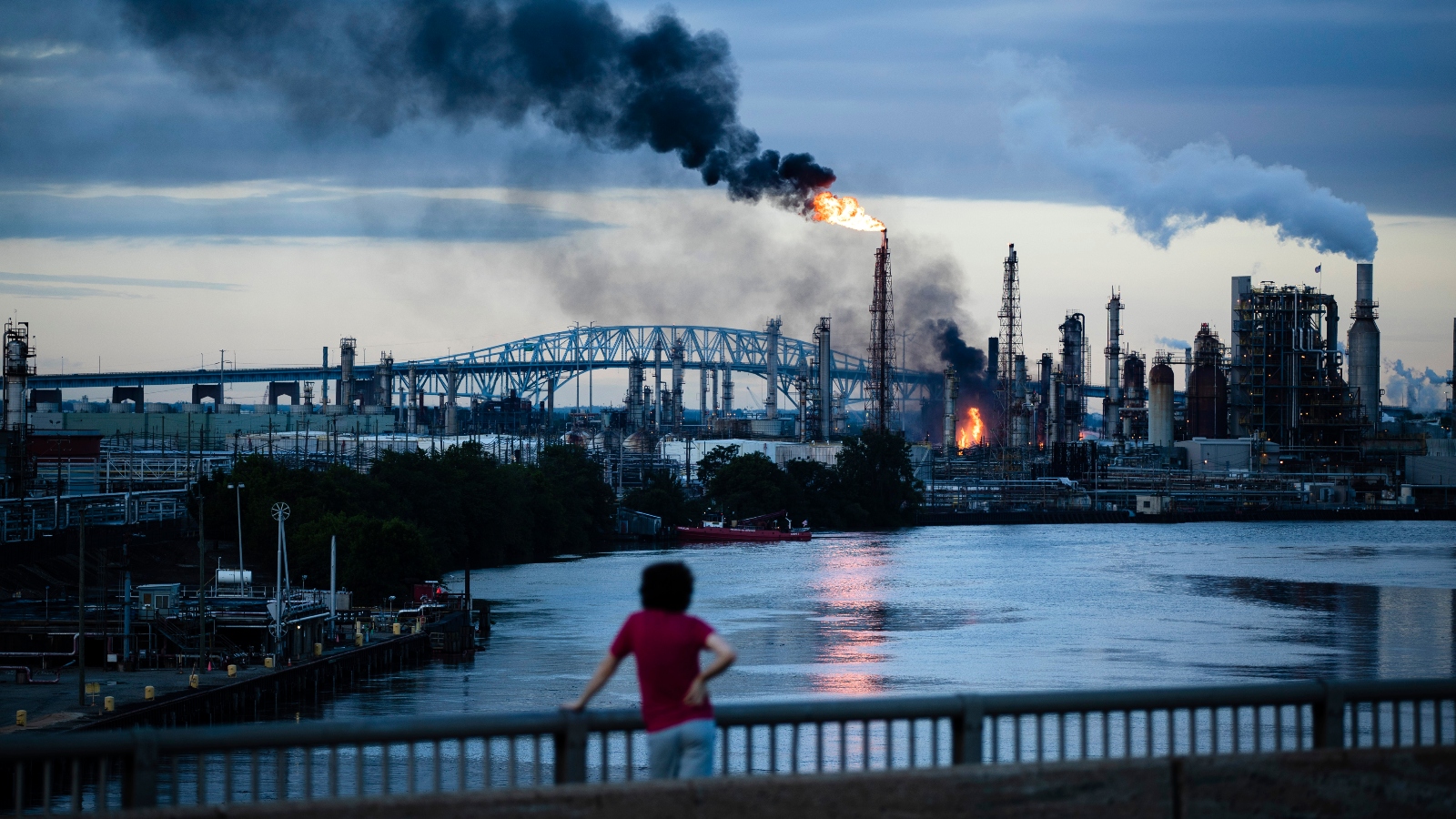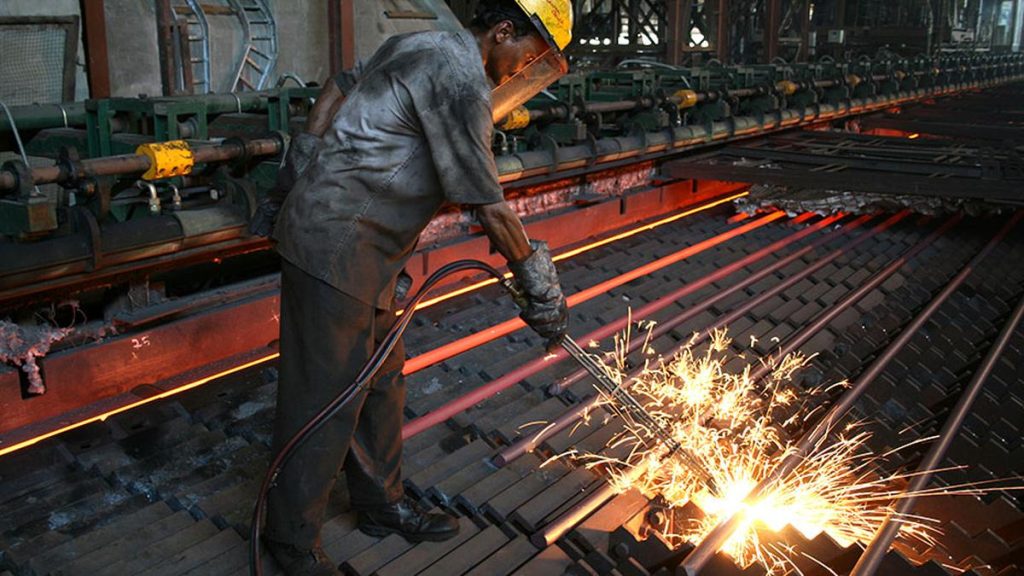Now Reading: EPA Proposes Rollback of Key Chemical Safety Rule
-
01
EPA Proposes Rollback of Key Chemical Safety Rule
EPA Proposes Rollback of Key Chemical Safety Rule

Swift Summary:
- In 2019, a chemical leak at the Philadelphia Energy Solutions refinery caused a massive explosion and fire, leading to injuries but no fatalities. The incident resulted in the company declaring bankruptcy and leaving 1,000 workers jobless.
- the refinery used hydrofluoric acid (HF), a highly hazardous substance regulated under the EPA’s Risk management Program (RMP).
- following disasters such as Bhopal (India, 1984) and Texas (2013), regulations have evolved but remain contentious due to industry pushback and political shifts.
- The Obama-era RMP amendments aimed to enhance safety but were partially repealed during the Trump administration in 2019.
- A new rule by the Biden EPA included expanded protections like safer technology assessments and public data. It was set to take effect in 2027.
- Industry groups opposed Biden’s rule, arguing it overextended EPA authority and raised security concerns without improving facility safety. They also criticized disclosure provisions like an interactive map of RMP facilities’ compliance histories.
- Newly appointed EPA Administrator Lee Zeldin has announced plans to reconsider Biden’s changes in line with industry concerns about national security risks and economic competitiveness.
Indian Opinion analysis:
The regulatory tug-of-war over chemical safety rules highlights critical lessons for India, where industrial accidents pose significant risks due to high urban density near manufacturing zones. The legacy of Bhopal exemplifies why stringent oversight is vital for both human safety and environmental protection.
For India, this story underscores two key considerations: first, transparency in sharing risk-related information with communities directly affected by industrial operations; second, balancing short-term economic goals against long-term public health outcomes. Unlike in the U.S., where partisan politics influences regulatory consistency, India must strive for robust frameworks that endure shifts in government focus or private sector pressures.
Regulators should also assess how India’s rapid industrialization aligns with global best practices for hazard management while safeguarding its unique local socio-economic contexts. Proactive measures could help avoid incidents similar to those chronicled here while preserving both human capital and environmental resources essential for sustained growth.




























